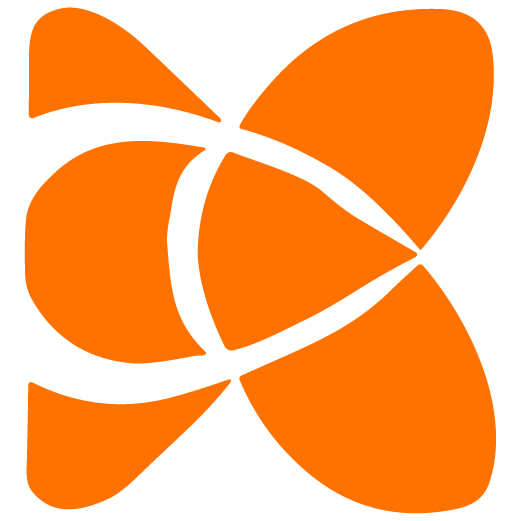
Concussions in Children and Teens: Signs, Treatment, and Recovery
What Is a Concussion?
A concussion is a type of mild traumatic brain injury (TBI) that happens when the brain is shaken inside the skull. This can occur from a bump, blow, or jolt to the head—or even from a hit to the body that causes the head to move suddenly.
While concussions are considered “mild” brain injuries, they can still cause serious symptoms and must be taken seriously, especially in growing children and teens.
Common Causes of Concussions in Children
Children and teens are active, and that means they’re also at higher risk for concussions. Some of the most common causes include:
- Falls (especially in toddlers and young children)
- Sports injuries (football, soccer, basketball, cheerleading, etc.)
- Bike, skateboard, or scooter accidents
- Car accidents
- Playground injuries
Even if there’s no loss of consciousness, a child can still have a concussion.
Signs and Symptoms of a Concussion
Concussion symptoms can appear right away or hours—even days—after the injury. They may be physical, cognitive, emotional, or sleep-related.
Physical Symptoms:
- Headache
- Nausea or vomiting
- Dizziness or balance problems
- Blurred or double vision
- Sensitivity to light or noise
Cognitive Symptoms:
- Trouble concentrating or remembering things
- Feeling “foggy” or confused
- Slower thinking or response time
Emotional Symptoms:
- Irritability or mood swings
- Anxiety or depression
- Unusual crying or clinginess (especially in younger children)
Sleep Issues:
- Sleeping more or less than usual
- Trouble falling asleep
If your child shows any of these signs after a head injury, it’s important to consult a healthcare provider promptly.
When to Seek Emergency Care
Call 911 or go to the emergency room if your child experiences:
- Loss of consciousness (even briefly)
- Repeated vomiting
- A worsening headache
- Unequal pupil size
- Seizures
- Difficulty walking or speaking
- Clear fluid draining from the nose or ears
These could be signs of a more serious brain injury.
Diagnosing a Concussion
A pediatric neurologist or healthcare provider will diagnose a concussion based on:
- A full medical history and injury description
- A neurological exam (balance, vision, reflexes, memory, etc.)
- In some cases, imaging tests like a CT scan or MRI (mainly to rule out serious complications)
Most concussions do not show up on brain scans, so diagnosis is often based on symptoms.
How Are Concussions Treated?
There is no single “cure” for a concussion, but rest and gradual return to activity are key.
1. Brain Rest
- Limit screen time, reading, and loud environments in the first 24–48 hours.
- Avoid school or sports during this period unless otherwise advised.
2. Return to School
- Children can typically return to school within a few days, but may need accommodations such as:
- Shorter school days
- Extra time for assignments
- Breaks during class
3. Return to Sports
- Returning too soon can be dangerous. A child should not play sports until cleared by a healthcare provider.
- Gradual return-to-play protocols are used to ensure full recovery.
4. Follow-Up Care
- Ongoing symptoms may need treatment from a pediatric neurologist.
- Therapy (e.g., physical, occupational, or cognitive) may help with long-term symptoms.
Post-Concussion Syndrome
In some cases, children may experience symptoms for weeks or even months. This is called post-concussion syndrome (PCS) and may include:
- Chronic headaches
- Trouble focusing
- Fatigue
- Mood changes
If your child has prolonged symptoms, specialized care from a pediatric neurologist can help create a personalized treatment plan.
Preventing Concussions
While not all concussions can be prevented, you can reduce your child’s risk by:
- Wearing helmets during biking, sports, and skateboarding
- Using seatbelts and proper car seats
- Making home environments safe for toddlers (e.g., stair gates, soft flooring)
- Teaching proper sports techniques and promoting a culture of safety in youth sports
Conclusion: Concussions Require Expert Attention
Concussions in children and teens are common—but that doesn’t mean they should be taken lightly. Proper diagnosis, care, and follow-up are crucial for a full recovery. At MyNeurology clinic, we provide expert care to help children recover safely and return to school, sports, and daily life.
Helpful Resources and References
- CDC – Heads Up: Concussion in Youth Sports
- American Academy of Pediatrics – Concussions
- Brain Injury Association of America
- McCrory, P., et al. (2017). Consensus statement on concussion in sport—the 5th international conference. British Journal of Sports Medicine, 51(11), 838-847.
